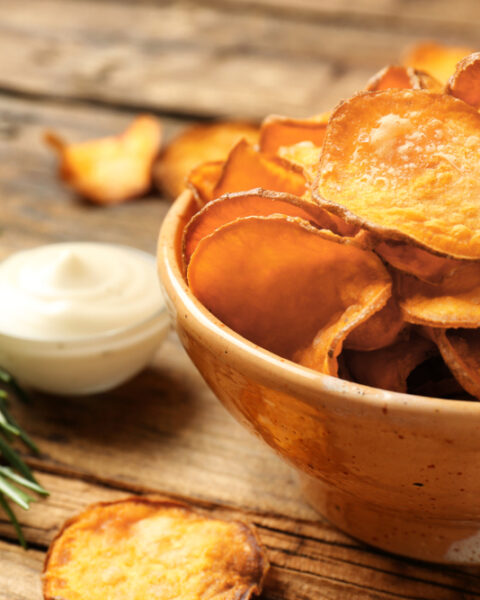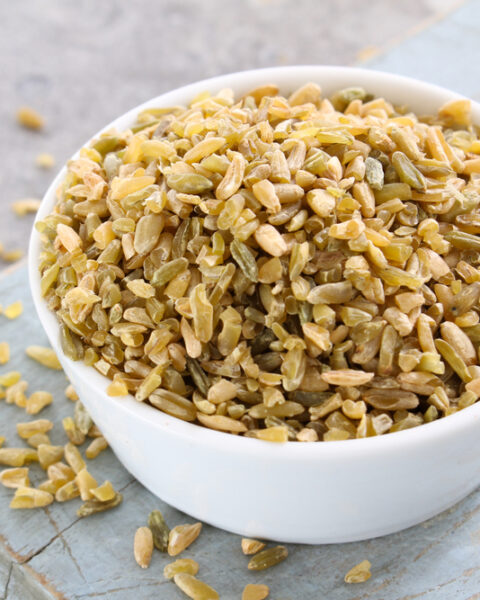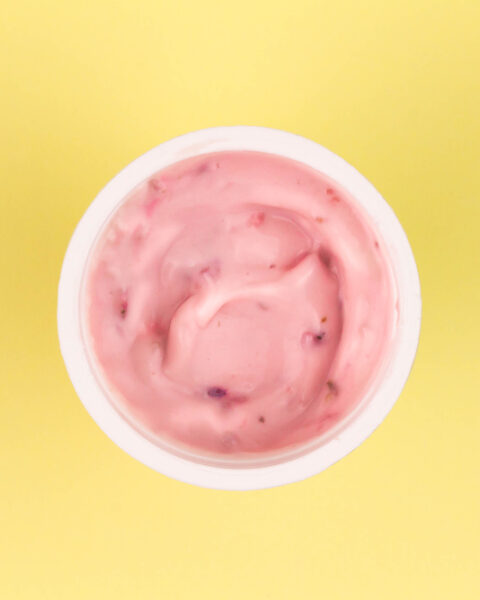Baking with yeast can feel like a magical process, but it’s not without its challenges. Yeast is a living ingredient, and getting it to work just right takes a bit of know-how. Whether you’re making fluffy bread or tender rolls, there are some common pitfalls that can throw off your bake. It’s not about perfection—it’s about understanding what might go wrong and how to fix it. Let’s go through some of the most important things to watch out for so you can bake with confidence and get the results you want.
Contents
- 1 Using Expired or Inactive Yeast
- 2 Incorrect Water Temperature
- 3 Adding Salt Directly to Yeast
- 4 Using the Wrong Type of Yeast
- 5 Overproofing the Dough
- 6 Underproofing the Dough
- 7 Inadequate Kneading
- 8 Overkneading the Dough
- 9 Using Too Much Flour
- 10 Insufficient Hydration
- 11 Poor Dough Shaping
- 12 Baking in a Cold Oven
- 13 Ignoring Room Temperature
- 14 Overloading the Dough with Sugar
- 15 Cutting the Bread Too Early
- 16 More From RetailShout
- 17 14 Healthy Costco Grocery Items That Will Fuel Your Week
- 18 15 Cozy Target Finds to Keep You Warm This Winter
Using Expired or Inactive Yeast
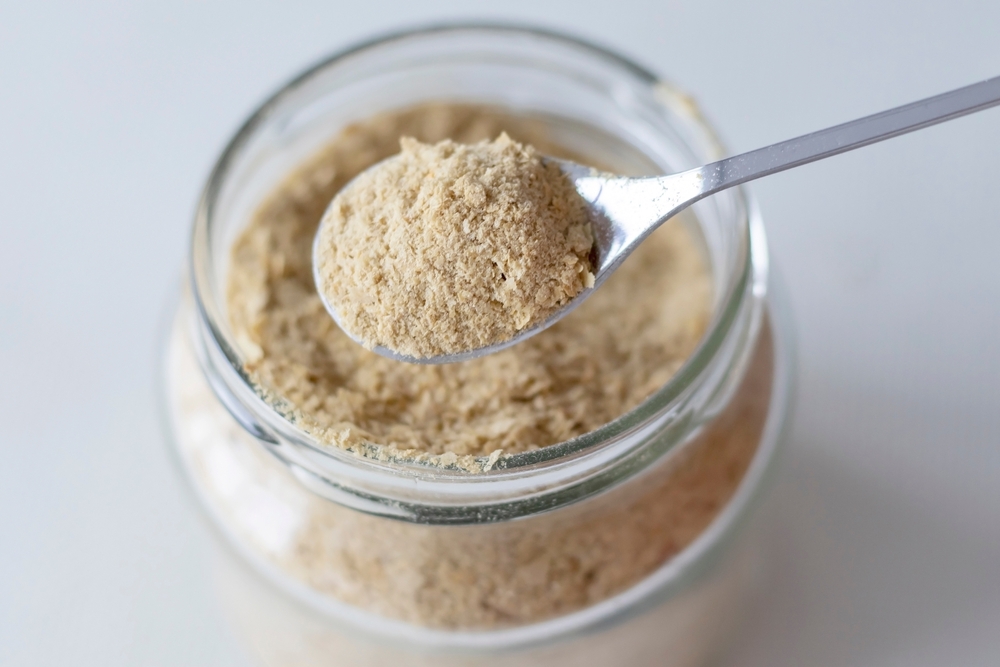
Yeast is a living organism, and over time, it can lose its potency. Using expired or improperly stored yeast can result in a dough that doesn’t rise. To ensure your yeast is active, always check the expiration date before use. Additionally, perform a simple proofing test by dissolving the yeast in warm water with a pinch of sugar; if it becomes frothy within 10 minutes, it’s still good. Proper storage in an airtight container in the refrigerator or freezer can extend its shelf life.
Incorrect Water Temperature
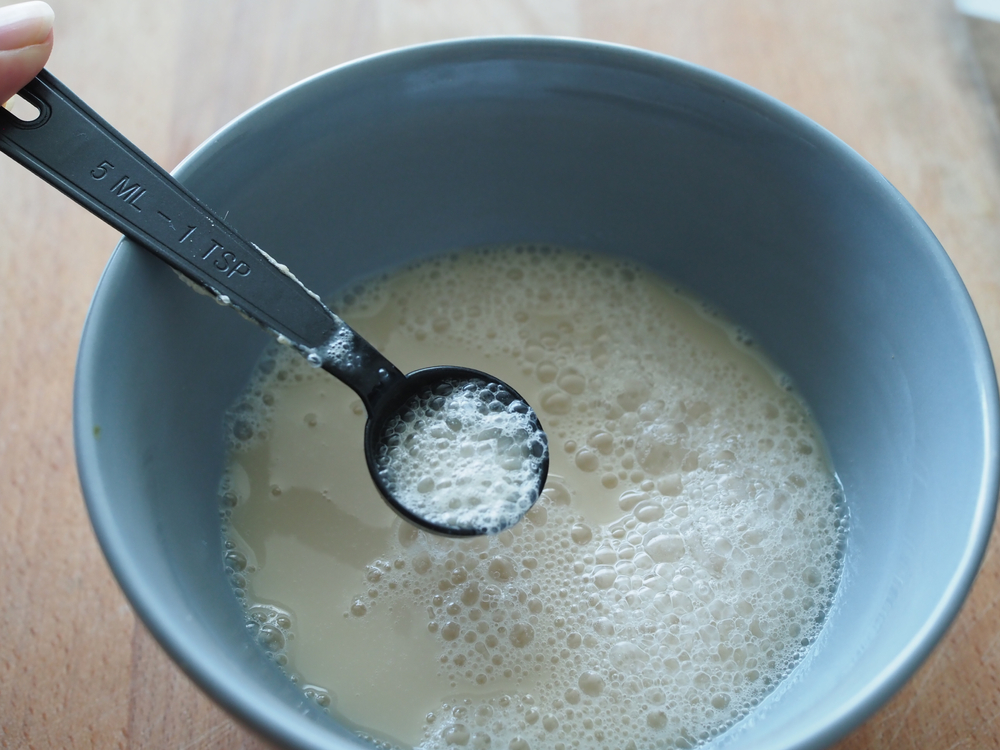
The temperature of the water used to activate yeast is crucial. Water that’s too hot can kill the yeast, while water that’s too cold may not activate it properly. Aim for a temperature between 100°F and 110°F (37°C to 43°C) for optimal activation. Using a kitchen thermometer can help achieve the correct temperature. If a thermometer isn’t available, ensure the water feels warm but not hot to the touch.
Adding Salt Directly to Yeast
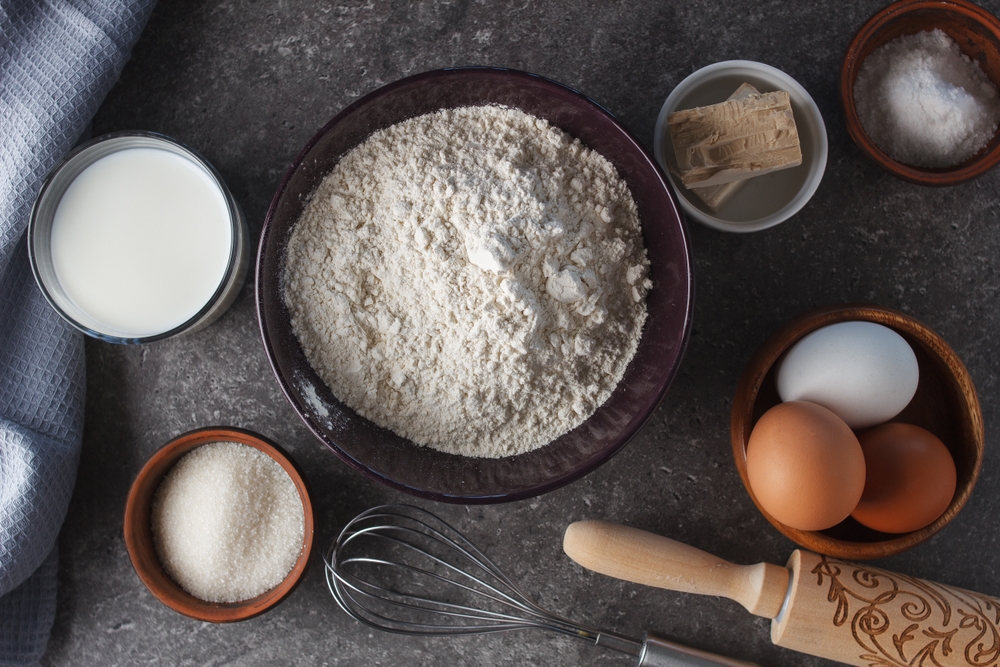
Salt can inhibit yeast activity if it comes into direct contact. When salt is added directly to yeast, it can slow down or even kill the yeast cells, leading to poor dough rise. To prevent this, mix salt with the flour or other dry ingredients before combining with the yeast mixture. This ensures even distribution and minimizes direct contact between salt and yeast.
Using the Wrong Type of Yeast
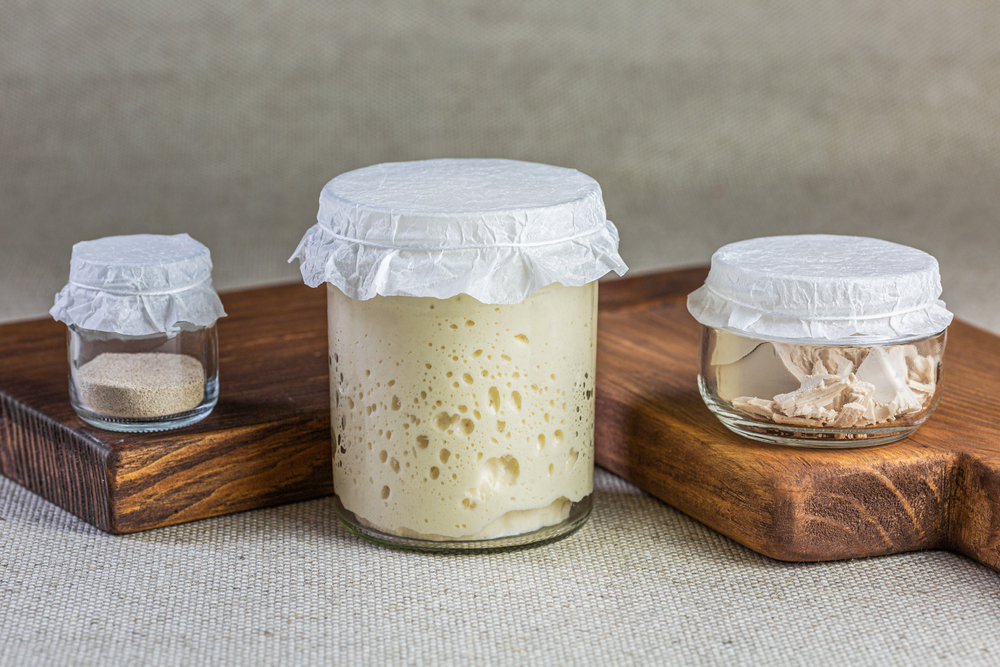
Different recipes call for specific types of yeast, such as active dry, instant, or fresh yeast. Each type has unique properties and behaves differently during baking. Substituting one for another without adjusting the recipe can affect the outcome. For instance, active dry yeast requires dissolution in water before use, while instant yeast can be mixed directly with dry ingredients. Always use the type of yeast specified in your recipe for best results.
Overproofing the Dough
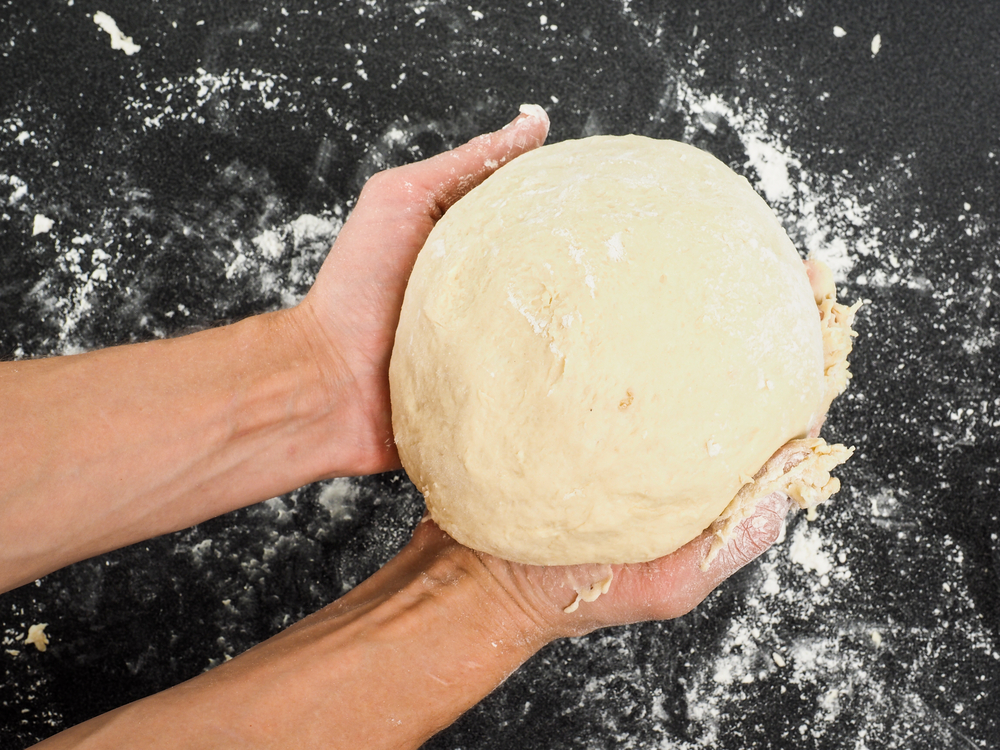
Allowing dough to rise for too long, known as overproofing, can weaken its structure. Overproofed dough may collapse during baking, resulting in a dense or misshapen loaf. To avoid this, monitor the dough and perform the fingertip test: gently press your finger into the dough; if the indentation remains and doesn’t spring back, it’s ready to bake. Keeping track of rising times and environmental conditions can help prevent overproofing.
Underproofing the Dough
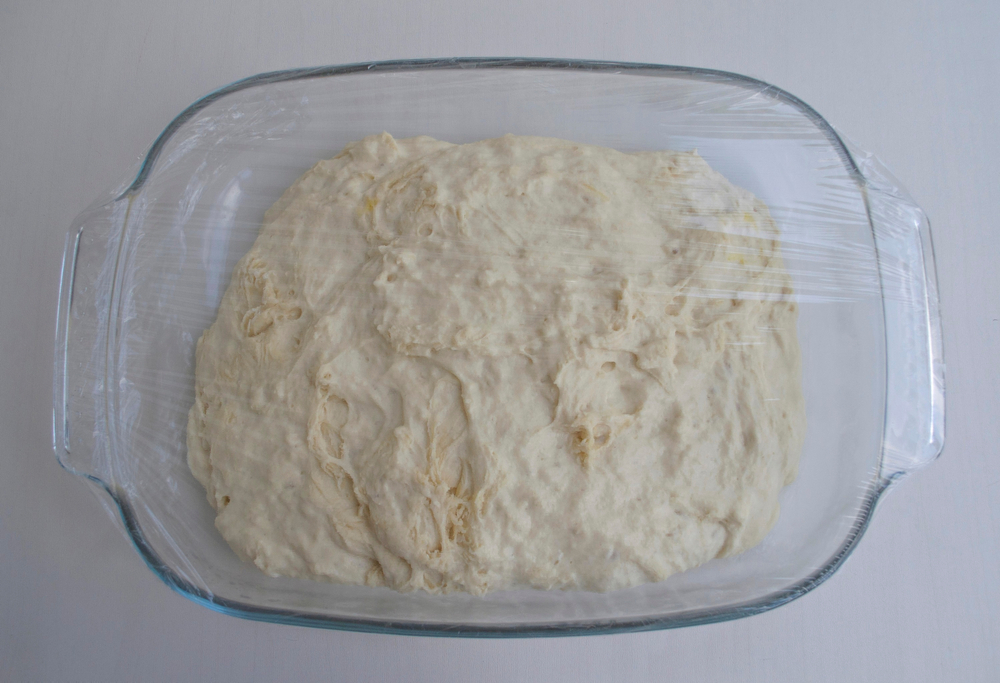
Conversely, underproofing occurs when the dough hasn’t risen enough. This can lead to a dense texture and insufficient volume in the finished product. Ensure the dough has approximately doubled in size during its rise. Factors like room temperature and yeast freshness can affect rising time, so adjust accordingly. Patience is key; rushing this step can compromise the quality of your bake.
Inadequate Kneading
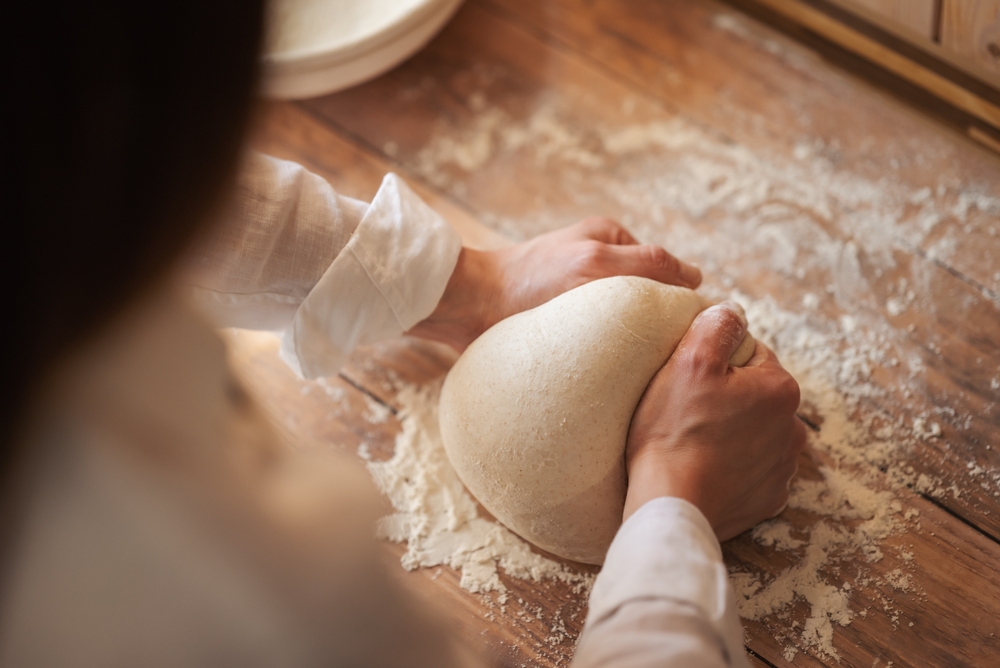
Kneading develops the gluten network in the dough, providing structure and elasticity. Insufficient kneading results in a crumbly or dense texture. Knead the dough until it’s smooth and elastic, which typically takes about 10 minutes by hand or 5 minutes with a stand mixer. A well-kneaded dough will pass the “windowpane test,” where a small piece can be stretched thin without tearing.
Overkneading the Dough
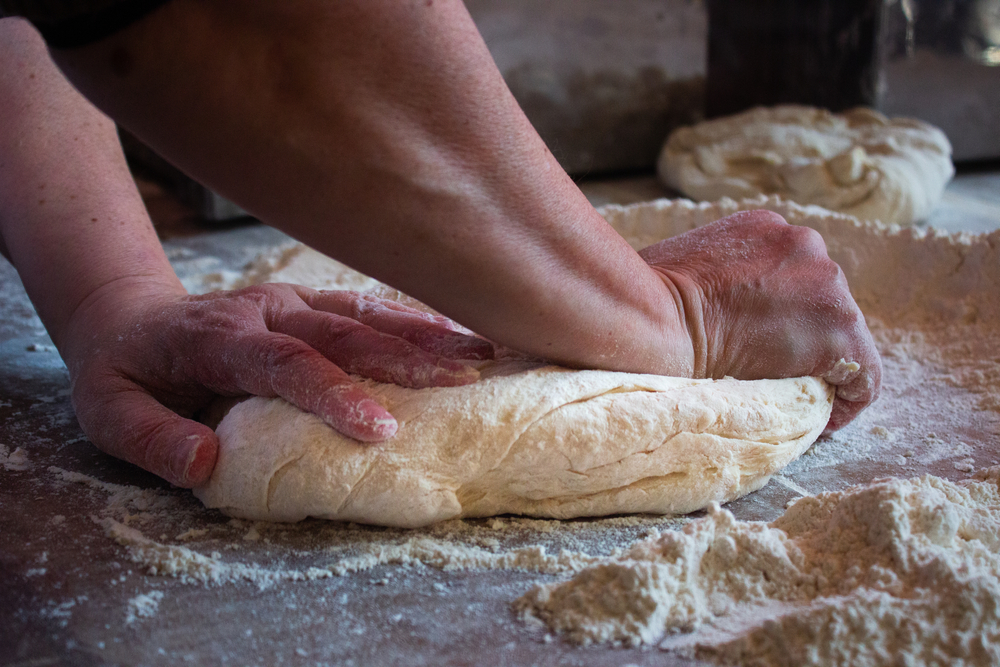
While less common, overkneading can occur, especially with mechanical mixers. Overworked dough can become tough and difficult to shape, leading to a dense crumb. To prevent this, monitor the dough’s texture and stop kneading once it becomes smooth and elastic. Overkneaded dough may also resist expansion during baking, resulting in a compact loaf.
Using Too Much Flour
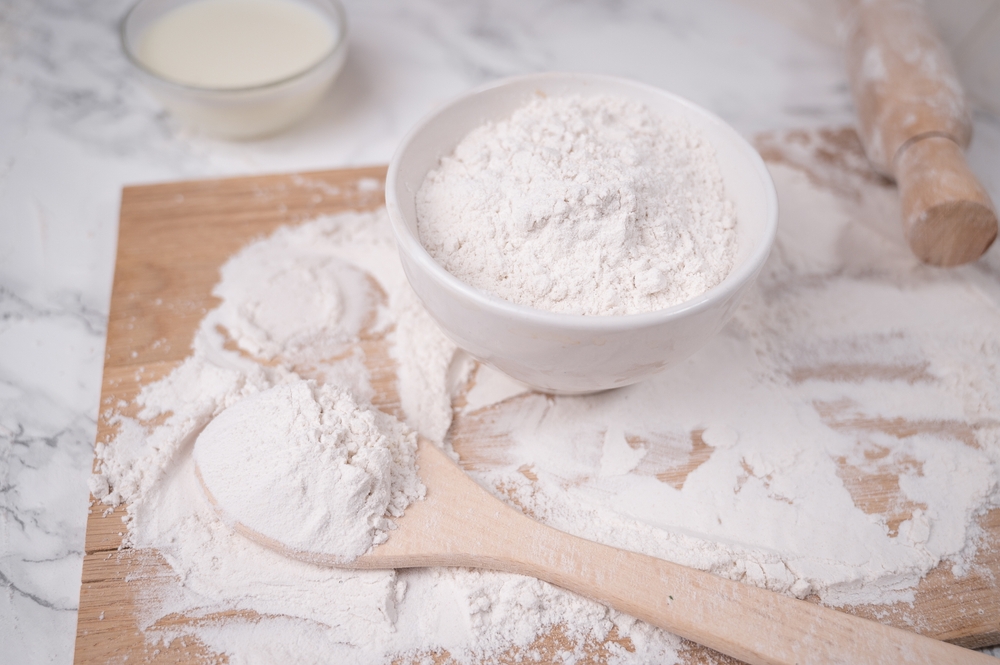
Adding excessive flour can make the dough stiff and dry, hindering proper fermentation and rise. It’s essential to measure flour accurately and avoid adding extra during kneading unless necessary. Dough consistency can vary based on factors like humidity; aim for a slightly tacky feel rather than dry. Using a kitchen scale to weigh ingredients can improve accuracy and consistency in baking.
Insufficient Hydration
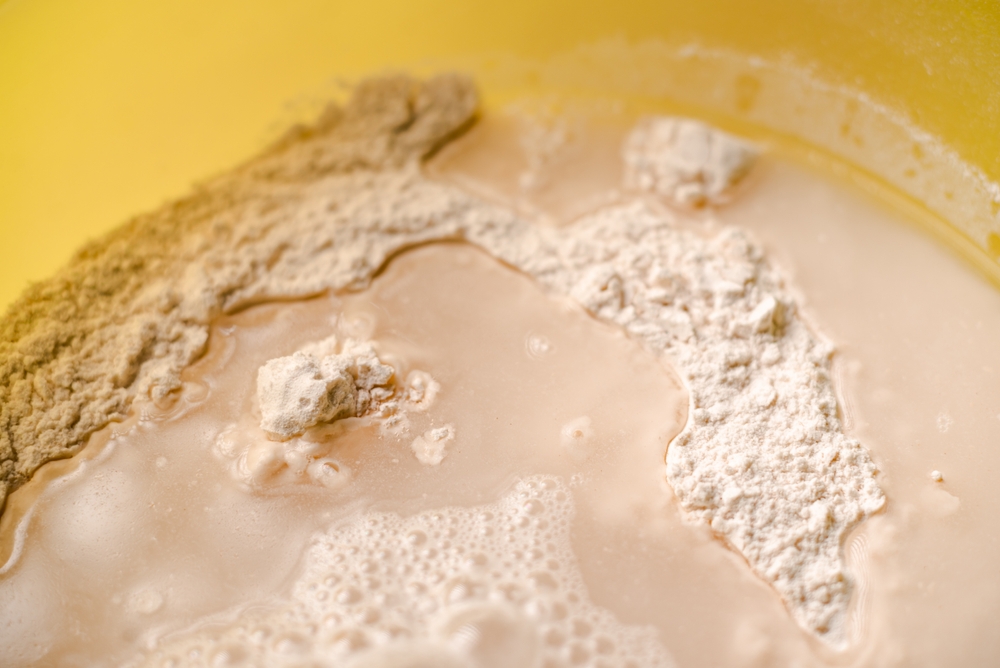
On the flip side, not adding enough water can result in a dry, dense loaf. Water is crucial for gluten development and yeast activity. Follow the recipe’s hydration ratios closely, and adjust if necessary based on the flour type and environmental conditions. The dough should be pliable and slightly sticky to the touch. If it’s too dry, gradually add small amounts of water until the desired consistency is achieved.
Poor Dough Shaping
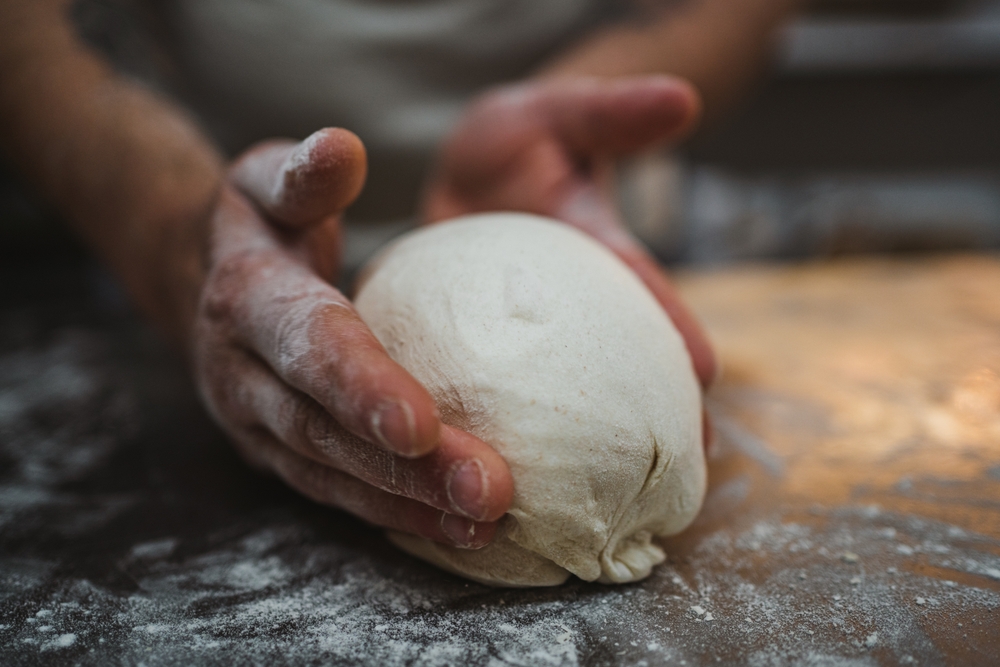
Improper shaping techniques can lead to uneven baking and undesirable textures. For instance, not creating surface tension on the dough’s exterior can cause it to spread out rather than rise upward. Take time to learn proper shaping methods for different types of bread to ensure an even crumb and attractive appearance. Practice and experience will improve your shaping skills over time.
Baking in a Cold Oven
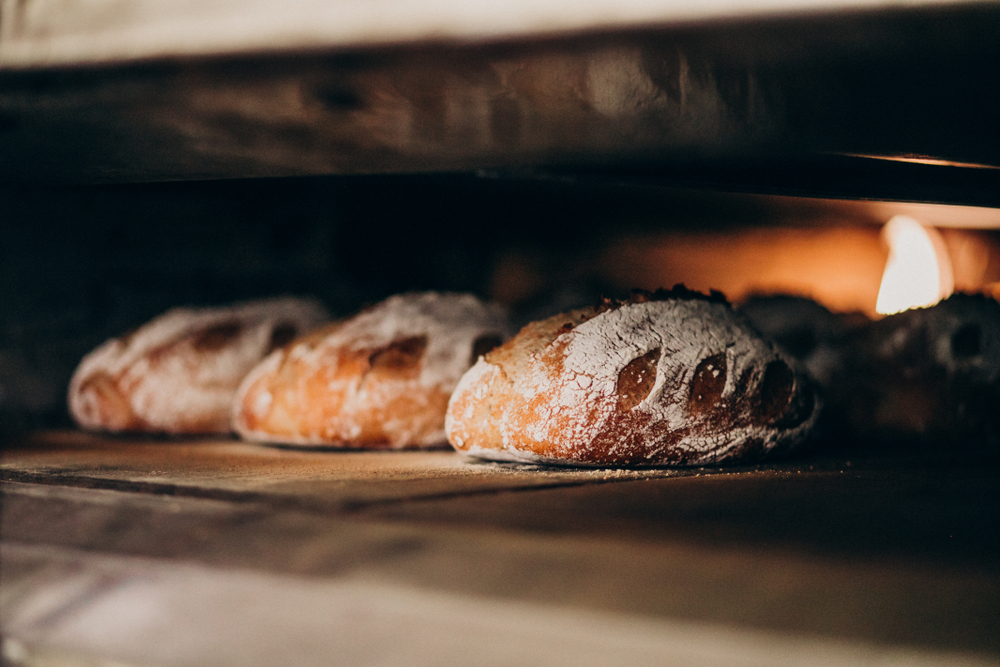
Baking yeast dough in an oven that hasn’t reached the right temperature can cause uneven rising and poor texture. Yeast dough requires a consistent and hot environment to ensure proper baking. Always preheat the oven to the temperature specified in the recipe before placing the dough inside. Using an oven thermometer can help verify accuracy, as built-in gauges may not be precise. A fully preheated oven will help the dough rise evenly and develop a golden crust.
Ignoring Room Temperature
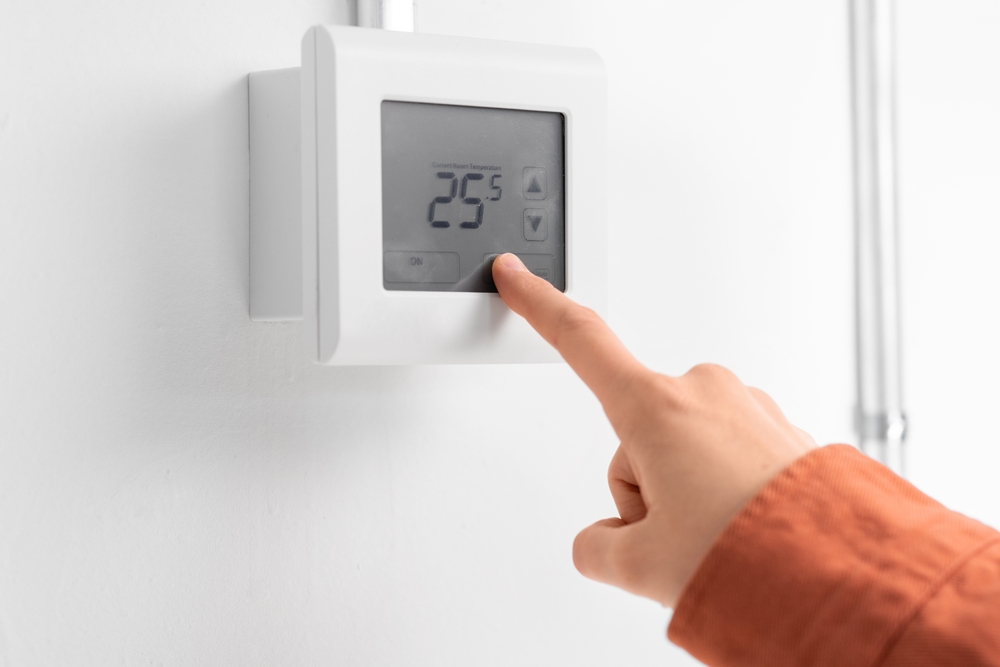
Room temperature significantly impacts the yeast’s activity and dough rise. A cold environment slows fermentation, leading to longer rising times, while a warm environment can speed it up excessively, risking overproofing. Ensure the dough is kept in a draft-free, slightly warm area to rise efficiently. If the room is cold, consider using a warm oven (turned off) or a proofing box for consistent conditions. Monitoring the environment will help achieve optimal results.
Overloading the Dough with Sugar

Excessive sugar in a recipe can hinder yeast fermentation. Yeast thrives in environments with moderate sugar levels, but too much sugar pulls water away from the yeast cells, slowing activity. For sweet breads or desserts, balance sugar content with additional yeast to maintain proper fermentation. Gradual sugar addition during mixing can also help avoid overwhelming the yeast. Moderation and adjustments will lead to well-risen, sweet doughs.
Cutting the Bread Too Early
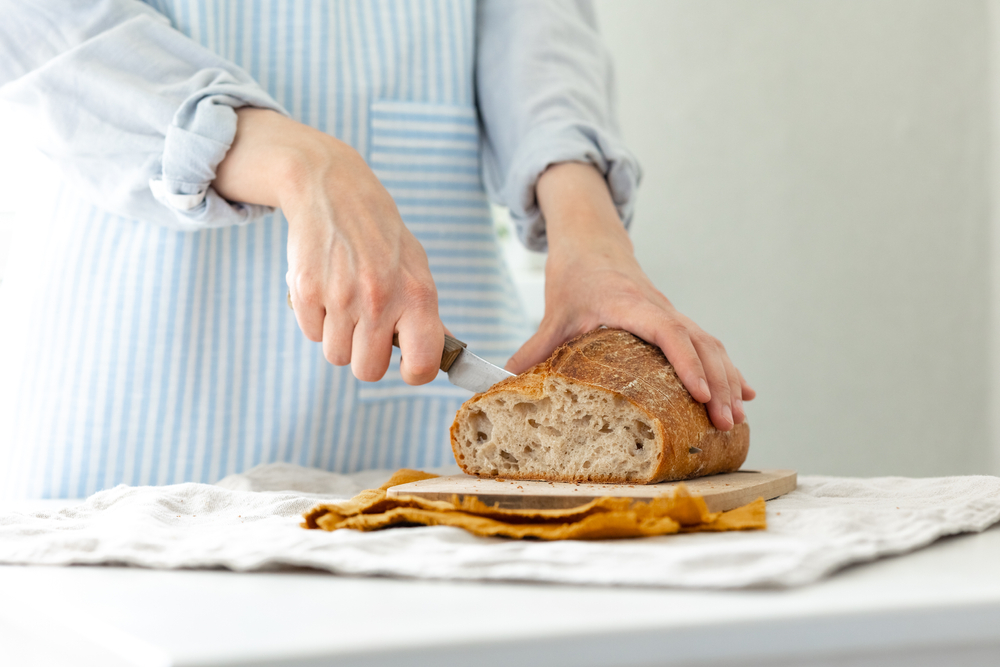
Slicing freshly baked bread too soon can ruin its texture. When bread is hot out of the oven, it continues to set internally as it cools. Cutting it prematurely releases steam and disrupts the crumb structure, making the bread gummy. Allow the loaf to cool completely on a wire rack to ensure a firm, airy interior. Waiting may require patience, but it preserves the quality of your bake.
This article originally appeared on RetailShout.
More From RetailShout
15 Hot Drinks to Sip by the Fireplace This Winter

There is nothing quite like sipping a warm drink by the fireplace during the winter season. The crackling fire, the cozy blankets, and a steaming mug in your hands create the perfect atmosphere to unwind. Read More.
14 Healthy Costco Grocery Items That Will Fuel Your Week
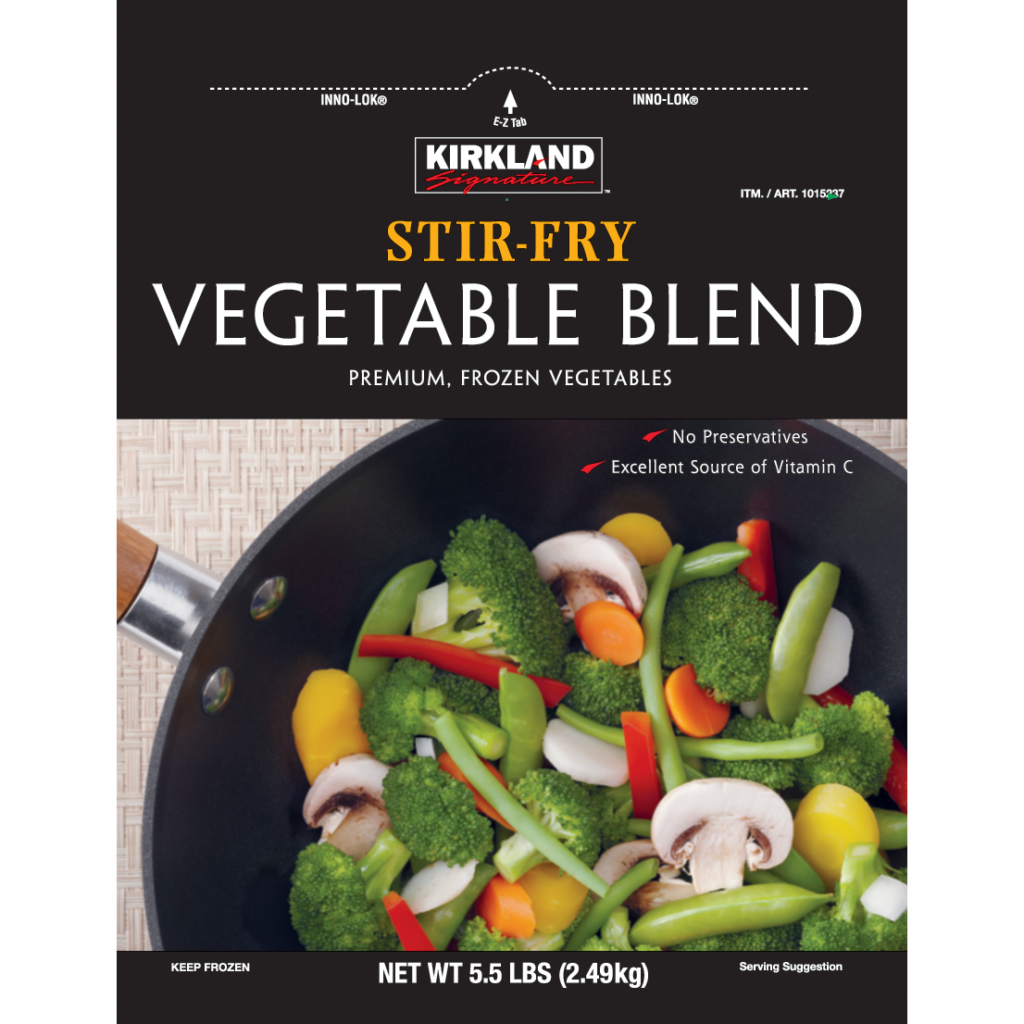
Eating healthy doesn’t have to be complicated, especially when you have the right ingredients at your fingertips. Costco makes it easy to maintain a balanced diet with a variety of nutritious meal options that are both convenient and affordable. Read More.
15 Cozy Target Finds to Keep You Warm This Winter

Winter is the perfect time to embrace cozy essentials that keep you warm and comfortable. As the temperature drops, finding the right pieces to make your home and wardrobe feel inviting becomes a priority. Read More.

